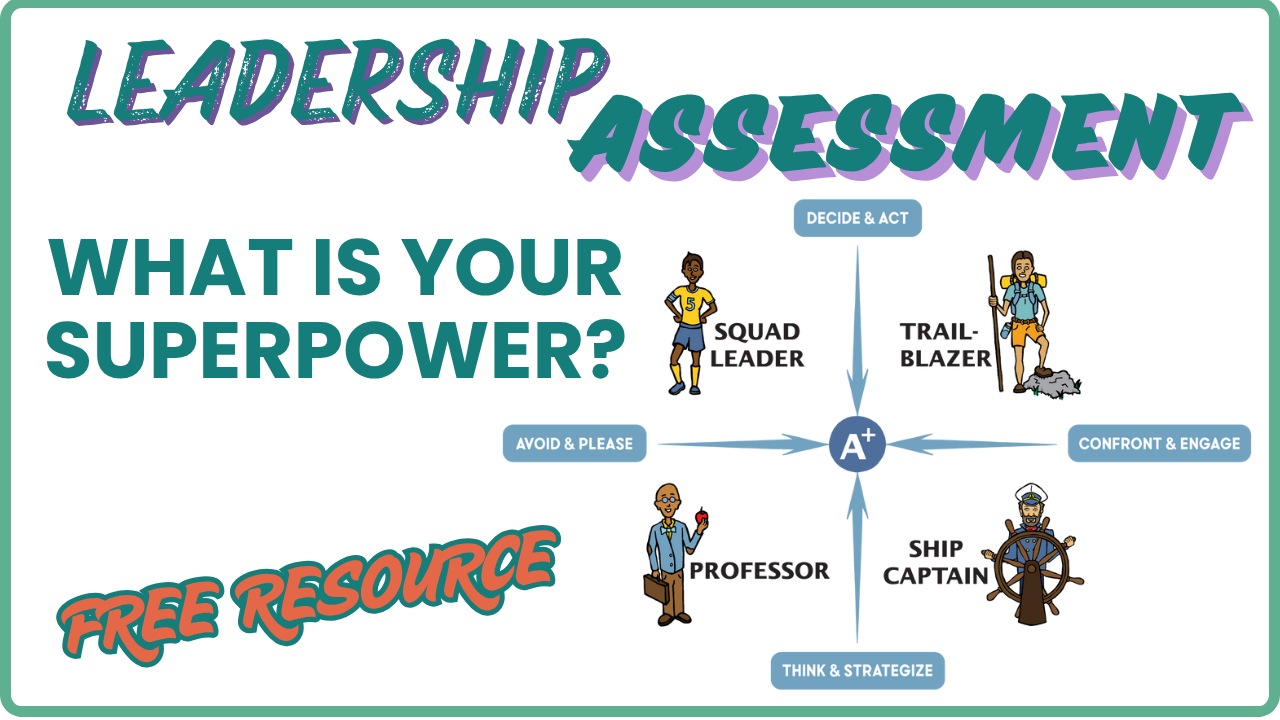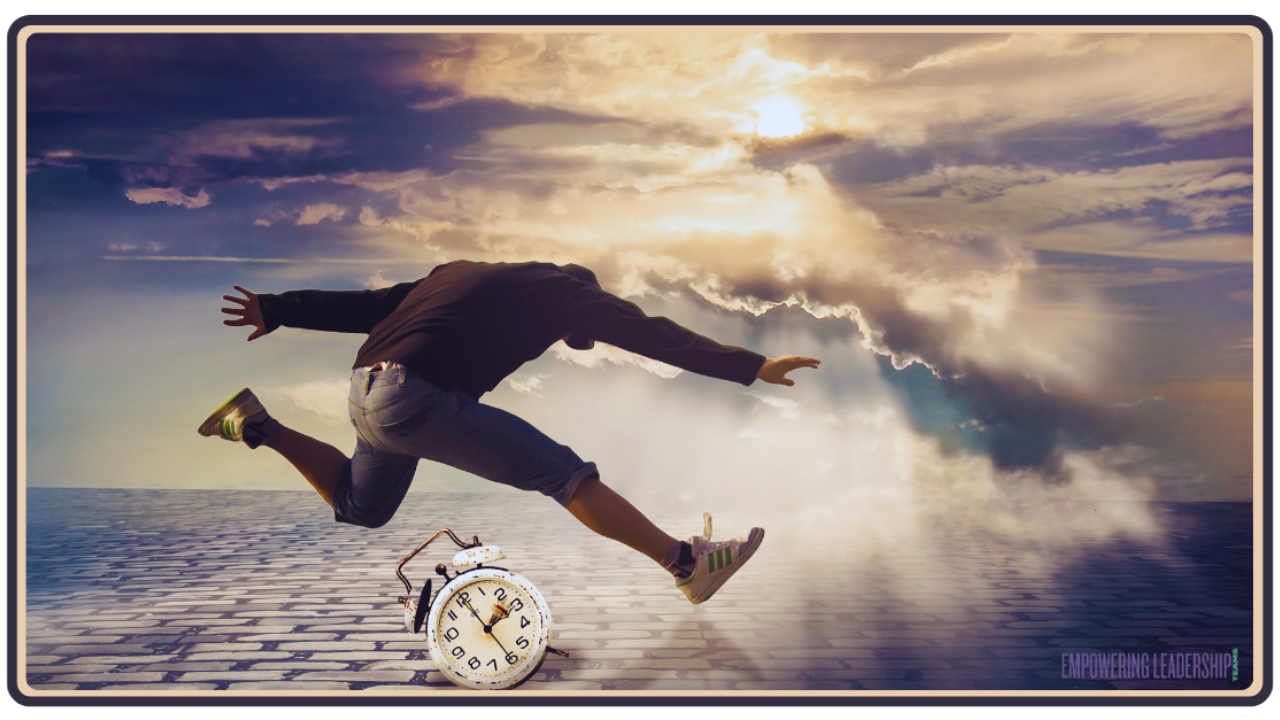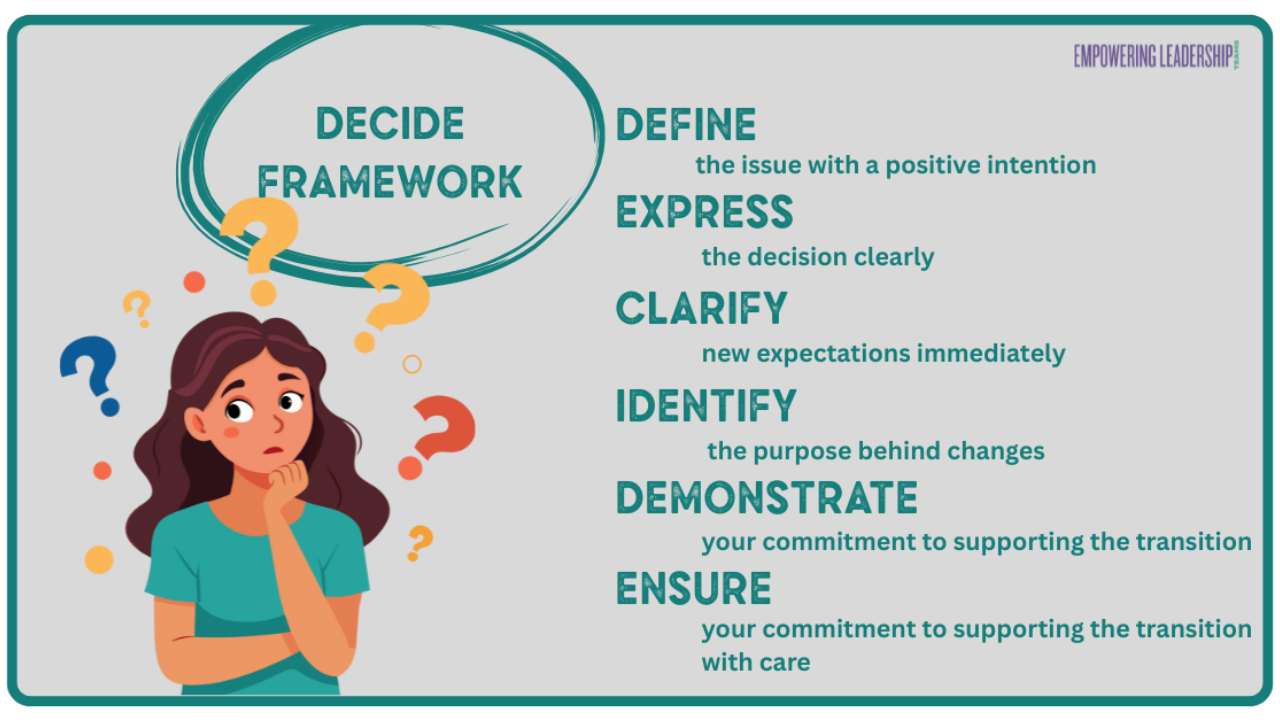Embracing Self-Leadership: The Journey Inward with Mindfulness

" We need to own the beautiful life that we've lived up till today. Whatever those experiences were, the choices you made, the choices others made. At some point we get present to, here I am now."
In our fast-paced world, the concept of mindfulness often feels like a distant, unattainable ideal. Yet, as emphasized during our recent SEED Mindfulness Group Discussion, the journey inward is not only a connection to the present moment, but also a powerful path to self-leadership and authentic living.
The Essence of Mindfulness in Leadership
The discussion underscored the value of conscious self-leadership over reactive self-protection. As Heather McGonigal, Mindfulness Coach, astutely pointed out, it's about moving beyond the reactive stance of self-protection to a proactive state of self-leadership. This shift is vital, especially when aware of the "ripple effect" our presence and emotions have on others. Leadership is influence and impact; however, the true power lies in how we intentionally influence ourselves first for the positive impact we desire..
Mindfulness is pivotal in this shift. By disciplining the mind to focus inward, we cultivate a peaceful state less susceptible to the chaos of external circumstances. As highlighted, our nervous systems benefit significantly from this inward focus, and with our mind focused in the present moment we are no longer dwelling on past regrets or future anxieties.
Enhancing Emotional Awareness
A crucial aspect of mindfulness practice is recognizing the fluid nature of emotions. Our discussion illuminated how clinging to emotions—be it joy or anger—can lead to fixation and distress. Instead, observing these emotions as passing clouds encourages a grounding presence, enabling us to act from a place of stability rather than reaction.
The practice of naming emotions as they arise was shared as a technique to maintain internal equilibrium amidst external turbulence. It's about distinguishing our emotions from those around us, maintaining our centeredness even when others' emotions are reactive.
The Call to Presence
Presenting oneself as a leader requires being wholly present—not only in mind but in body as well. Heather's poignant reminder of how we often ignore our physical signals, pushing through pain, was a call to listen more intently to our bodies. Her personal account of enduring pain, only to discover major medical issues, serves as a stark reminder of the necessity to tune into our bodily wisdom.
Being present isn't limited to personal well-being; it extends to our professional environments. As shared by class members, when leadership lacks presence, it impacts team dynamics and personal motivation negatively. As leaders, developing the capacity to be fully present is integral to fostering a productive and harmonious work environment.
"The moment we have our mind and our body present, we're already in a healthier state. Our nervous system gets to relax a little bit. It's harder to worry about the future and go ruminating about the past when your focus is here."
Navigating Internal Turmoil
During our session, the conversation navigated the challenges of working in environments driven by constant urgency. As emphasized, our efficacy is not determined by a relentless pace but the creativity that arises from spaciousness and clarity. True innovation stems from the quiet spaces where our minds can explore beyond habitual patterns.
An insight into questioning a participant’s value, especially amid reading about aging in the workplace, resonates with many of us. The mindful approach encourages us to assess these internal narratives and gently guide ourselves back to our core values and strengths.
Community and Practice as Anchors
Reflecting on what was discussed, the practice of mindfulness and self-leadership is not solitary. The community aspect present in our discussion reinforces that connection and support from others are vital in staying grounded. The collective wisdom shared and the mutual encouragement offered serves as a powerful anchor for everyone embarking on this journey.
The emphasis on continuous practice and using available resources—like listening exercises or community forums—provides practical steps to integrate mindfulness into daily life. These practices are not about achieving perfection but about creating a sustainable approach to life where presence and intentionality become guiding principles.
Conclusion: A Revolutionary Approach to Living
As our session concluded, the conversation reiterated that living mindfully is revolutionary. It opposes the fear-driven narratives prevalent in our external world and champions a more conscious, grounded way of living. Through this exploration of self-leadership and mindfulness, we emerge not just as better leaders but as more authentic humans capable of navigating life's complexities with grace and wisdom.
By embracing these principles, we take steps toward a future where we are more connected to ourselves and each other, leading to healthier, more meaningful lives. As you continue your own journey, remember that the power to lead a life of intention and presence lies within—it's up to you to harness it.
Author: Barbara Schindler
Struggling to maintain focus and presence during important moments?
Check out SEED Mindfulness Mastery.

Related Video:
Transform Your Leadership Through Mindful Presence: Business Game-Changer
Related Articles:
Transform Your Leadership: The Mindful Approach to Professional Excellence
Embracing Mindful Leadership: The Power of Intentional Rest
Unlocking Your Growth Mindset: A Path to Personal Transformation
















